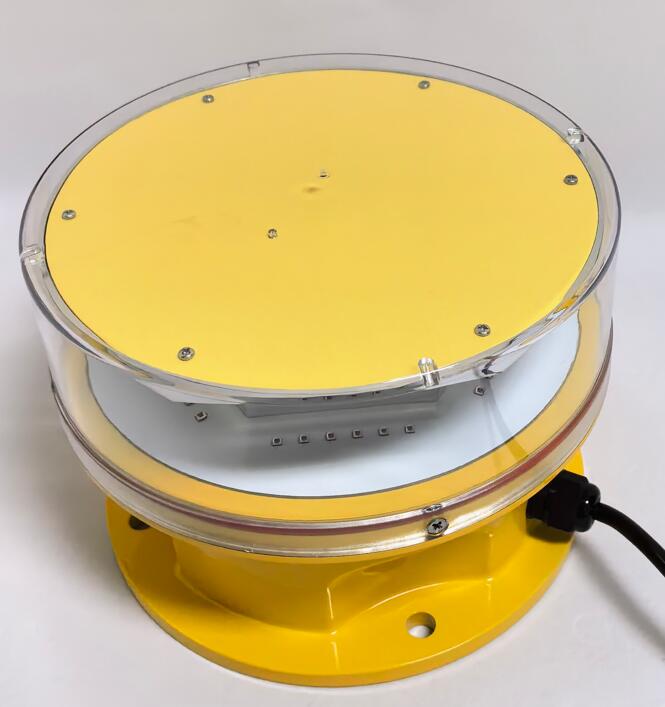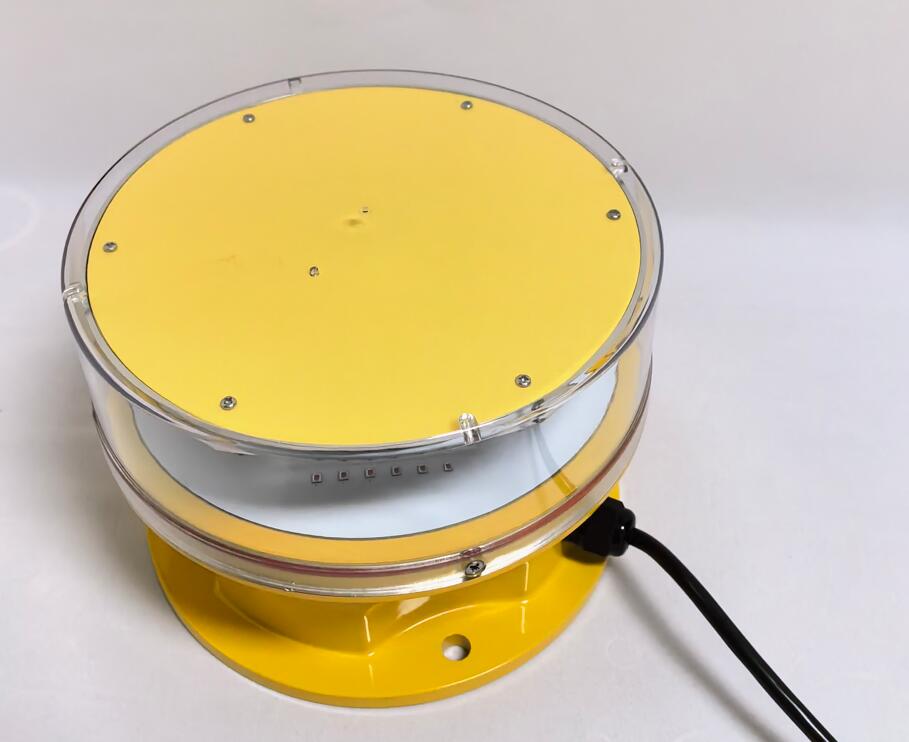In our increasingly crowded airspace, aviation warning systems serve as silent sentinels protecting aircraft from potential hazards. These sophisticated networks of visual and electronic alerts have evolved dramatically since their inception, becoming more intelligent and integrated than ever before. This article examines modern aviation warning technologies, their operational importance, and emerging innovations that are reshaping aerial safety protocols worldwide.
The Anatomy of Modern Aviation Warning Systems
Contemporary aviation warning infrastructure comprises three fundamental components working in concert:
Visual Markers
High-intensity obstruction lighting (red/white strobes)
Paint schemes (alternating orange/white patterns)
Retroreflective markings for low-visibility conditions

Electronic Detection
Radar-based collision avoidance systems
ADS-B (Automatic Dependent Surveillance-Broadcast)
Terrain awareness warning systems (TAWS)
Communication Networks
Digital NOTAM (Notice to Airmen) distribution
Real-time weather hazard alerts
Automated tower-to-cockpit messaging

Cutting-Edge Innovations in Aviation Warning Technology
The past decade has witnessed remarkable advancements in aviation warning capabilities:
AI-Powered Predictive Systems
Machine learning algorithms now analyze flight patterns, weather data, and aircraft performance metrics to issue preemptive warnings for potential conflicts up to 30 minutes before they occur.
| aviation warning |
New satellite constellations provide global coverage of aviation warning data, particularly valuable for transoceanic flights and remote areas lacking ground radar.
Augmented Reality Displays
Next-generation heads-up displays (HUDs) project aviation warning information directly onto cockpit windows, overlaying threat indicators on actual terrain.
Regulatory Challenges in a Global Airspace
Despite technological progress, standardization remains a significant hurdle:
Disparate aviation warning protocols between ICAO, FAA, and EASA jurisdictions
Cybersecurity vulnerabilities in networked warning systems
Balancing automation with pilot decision-making authority
The International Air Transport Association (IATA) predicts that by 2030, a unified global aviation warning framework will emerge, potentially reducing midair collision risks by up to 40%.
| aviation warning light |
Case Study: Urban Air Mobility Warning Systems
The impending arrival of eVTOL (electric Vertical Take-Off and Landing) aircraft presents unique aviation warning challenges:
Low-altitude operation conflicts
High-density urban environments
Integration with existing air traffic control systems
Pioneering solutions include:
Dynamic geofencing technology
Drone-style detect-and-avoid systems
Municipal airspace management platforms
Future Horizons: Next-Generation Warning Paradigms
Emerging concepts set to transform aviation warning systems include:
Quantum Radar Systems
Offering unprecedented detection accuracy for stealth aircraft and small drones
Biometric Monitoring
Using pilot vital signs to trigger customized warning protocols
Blockchain-Verified NOTAMs
Creating tamper-proof, instantly verifiable hazard notifications
As air traffic density continues its upward trajectory, aviation warning systems stand as our first line of defense against catastrophic incidents. The transition from passive indicators to active, intelligent protection networks represents one of the most significant safety revolutions in modern aviation. With continued investment and international cooperation, these systems will not only prevent accidents but enable the safe integration of revolutionary new aircraft categories into our shared skies. The future of flight depends on the silent vigilance of these ever-watchful aviation warning guardians.